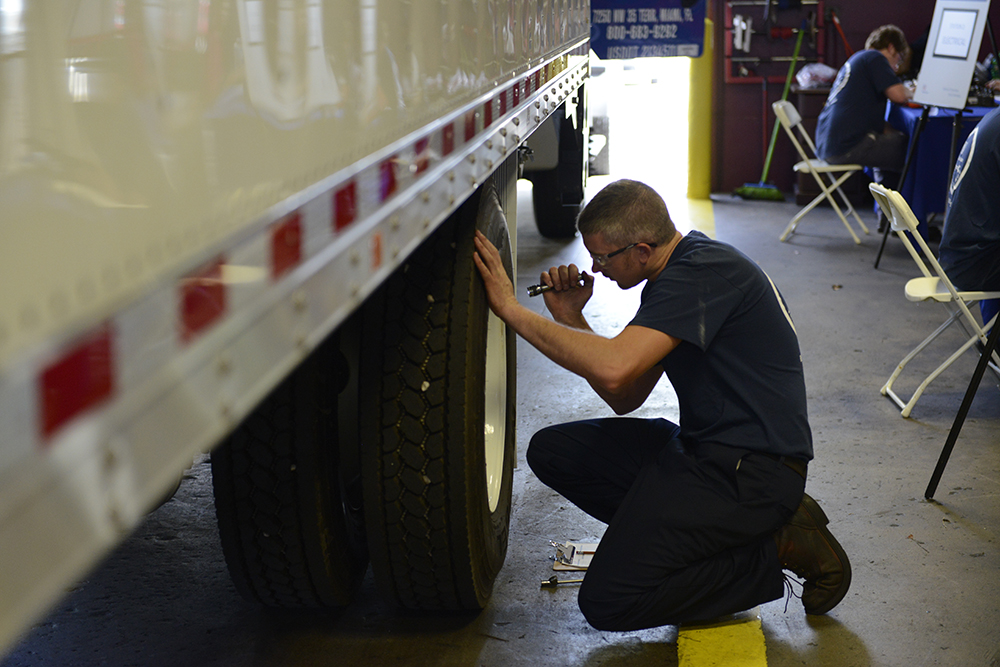Fleets and, of course, their drivers have their primary goal as getting their product to its destination and loading or unloading it in a safe and timely manner. But there are challenges to achieving that goal.
Drivers have to contend with traffic congestion (whether that’s due to regular volume on major highways, accidents, or infrastructure repairs), severe weather conditions, breakdowns, and changing regulations.
How scheduling delays impact fleets
The delays that occur before the vehicle arrives at its destination create a domino effect that impacts the entire supply chain, affecting resource allocation, increasing operational costs, and endangering customer relationships.
When conditions disrupt planned truck routes, drivers end up spending more time waiting than driving. This ultimately leads to an increase in fuel consumption at a time when diesel prices are volatile. In addition, these delays will likely result in additional maintenance for the vehicle, which can lead to longer downtime and lost revenue.
Delays put a heavy burden on fleet managers who have allocated resources based on specific schedules being met. When delays occur, those fleet managers need to reallocate assets and workers to accommodate the changing schedules. This can lead to overburdening or underutilizing resources.
One of the worst results of delays is customer dissatisfaction. E-commerce and the “Amazon effect” has led customers to expect nearly instant gratification when it comes to receiving their orders. Late orders can damage a company’s reputation and relationships, resulting in lost business opportunities
Fleet managers can minimize the impact of delays
As I noted above, the burden ultimately falls on the fleet manager to make the best out of these bad situations. They can do this by adopting proactive strategies and leveraging technology, including data analytics, real-time tracking, and timely and transparent communications. There are various strategies that fleet managers should enact to make this possible.
- Implement tracking and telematics – Real-time insights are essential in order to know how to address a delay. Implementing advanced telematics solutions and GPS tracking systems can provide real-time information regarding the location and condition of vehicles. That means vehicles can be rerouted and customers can be alerted about accurate delivery times.
- Leverage data analytics – The details are always in the data. Having a robust data analytics platform will enable fleets to identify patterns and trends in scheduling delays. Once those are identified, fleet managers can then develop targeted strategies to address those patterns.
- Utilize route optimization – Having the ability to factor in real-time traffic, weather conditions, and other variables can give fleet managers a huge advantage. Investing in dynamic route optimization software can help drivers navigate around delays. That will reduce idle time and improve delivery time and accuracy.
- Maintain communication – As I noted above, delays will happen no matter how well prepared a fleet may be, so it is essential that everyone involved, drivers, customers, shippers, and receivers remain informed about potential delays.
- Develop contingency plans – Just as with weather and disaster preparedness, fleets need to do the same with schedule delays. There should be comprehensive plans to address a number of scenarios to reduce the impact of disruption.
Fleet managers have their work cut out for them when it comes to delays. They can’t control the roads or the weather, but there are steps they can take. Delays are inevitable, but fleets that are proactive and can adapt and innovate will be able to mitigate the damage and thrive.





